What are the shared common themes in the terms “personalized learning, blended learning, flipped classroom, instructional differentiation, and problem based learning or interdisciplinary problem based learning?” From someone who is not an educator, but knows a little something about student achievement, the common theme is that we’re all different! It’s about the kids, friends! Every student learns differently, yet we continue to support an educational paradigm that relies on an institutional structure akin to the industrial age and widget mentality. Hello: we are well into the digital age; the information age where information and knowledge are the hallmarks of a thriving society and economy. And, we are not doing a good job of helping all of our students be learners.
An excellent answer is the opportunity presented by a number of emerging and increasingly popular methods of delivering instruction. Options like Khan Academy, higher ed’s increased offering of Massive Open Online Courses (MOOCs) and blended techniques happening right here in our own backyard at schools across Summit County. Blended learning helps combine the best of technology application with personalized instruction. Teachers help students at all levels of academic achievement use online resources, some developed by the student’s teacher and some developed by external resources like Khan Academy, to support students’ own individual learning styles. Even our hometown favorite LeBron James offers several real-world problems on the Khan Academy website, one of the first and best purveyors of personalized learning, and all of it is accessible and cost-free.
At the center remain teachers and their students. No one particular digital learning platform can address all students’ learning needs. It takes the human connection provided by a motivated and engaged educator to identify, support and encourage learning and the best way to use the various resources available.
Our friend Rob Briggs at NOCHE recently defined the various terms about personalized learning with good clarity, and I encourage you to take a look. But, we all need to recognize that learning doesn’t happen in a vacuum, and that there is no one silver bullet to supporting the dire need for increased academic achievement in our communities. Families, caregivers, teachers, administrators and school boards need to embrace our current age and perhaps replace their own educational memory of 30+ years ago, with the new opportunities presented by digital resources and the complex needs of students today.
